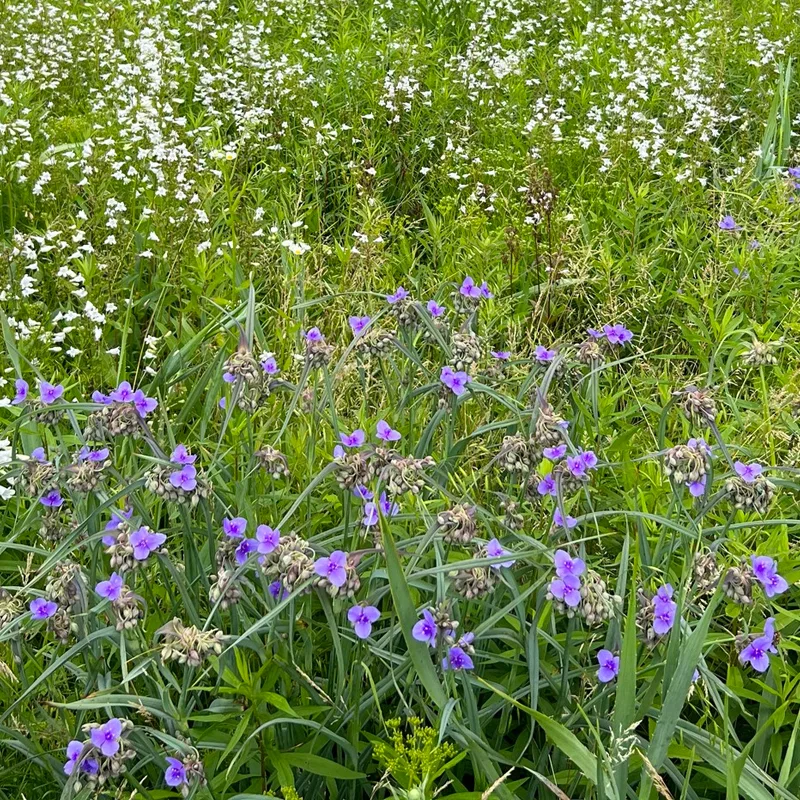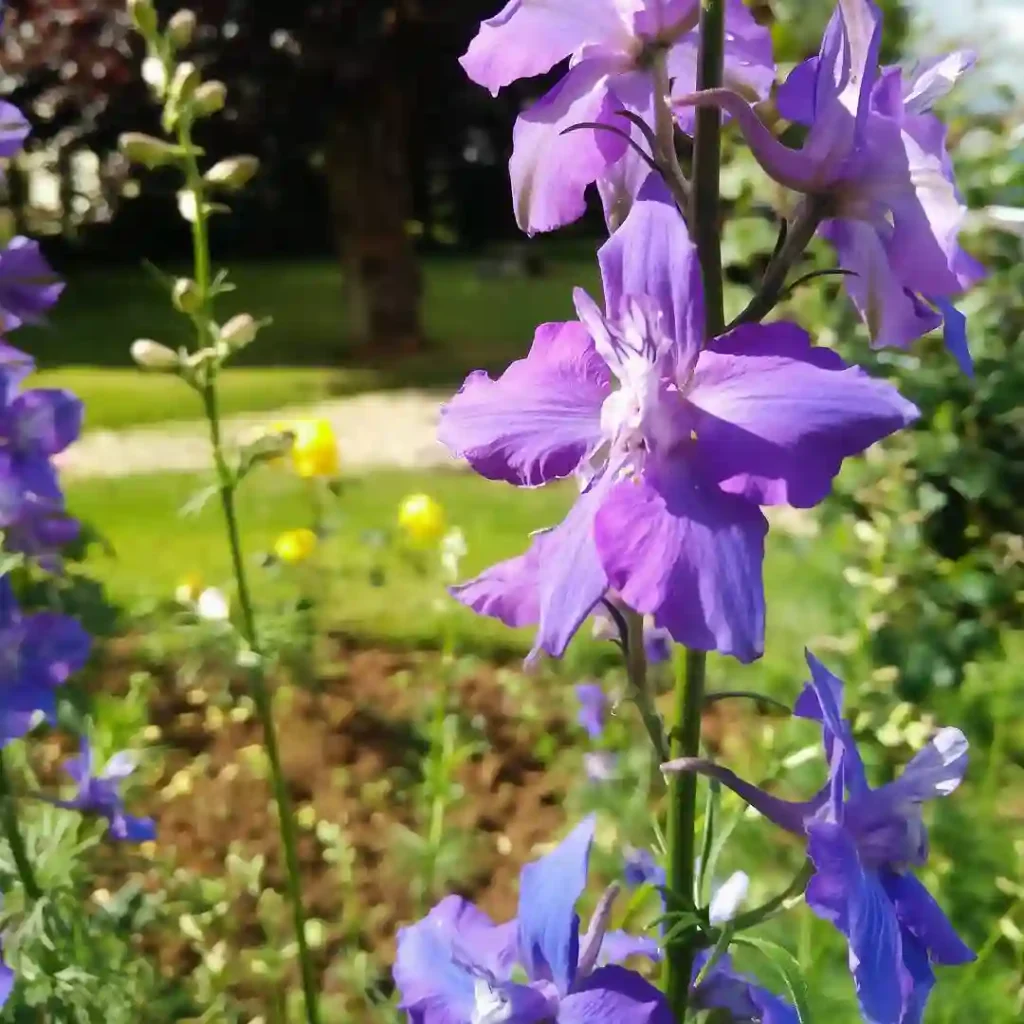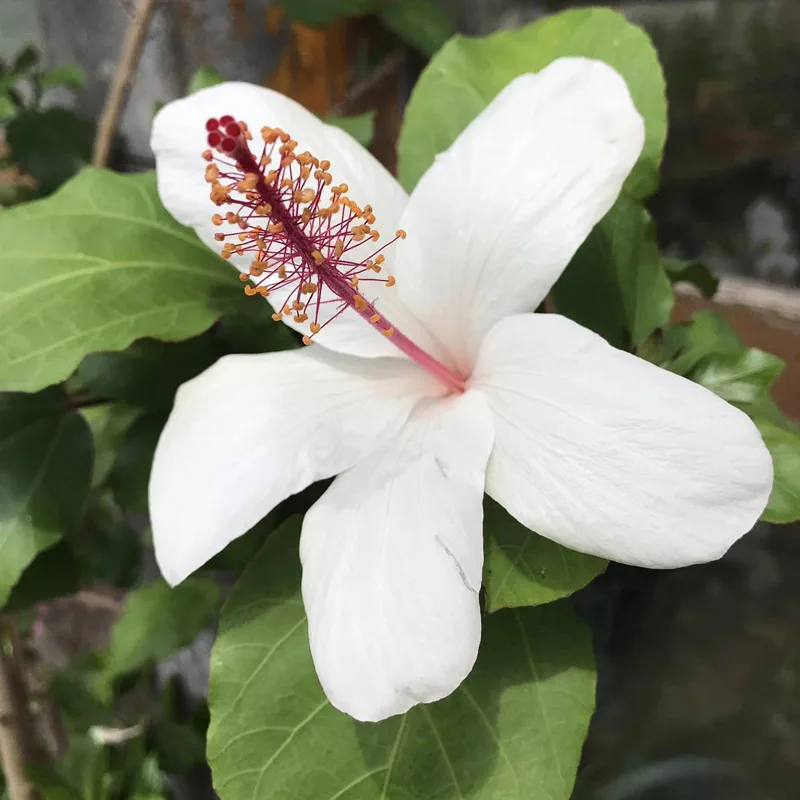What is Citrullus Colocynthis?
Citrullus Colocynthis, commonly known as colocynth or bitter apple, is a plant species native to Africa and the Middle East. This creeping vine belongs to the Cucurbitaceae family, which also includes cucumbers, melons, and squashes. The plant produces small, round fruits that are usually green and turn yellow as they mature. Its distinct, bitter taste is one of the reasons it’s named “bitter apple.”
Plant Family: 101 Genera in Cucurbitaceae
What Does Citrullus Colocynthis Do in the Body?
In the body, Citrullus Colocynthis has a range of effects due to its chemical composition. The plant contains cucurbitacins, which are compounds known for their bitter taste and potential therapeutic properties. Historically, it’s been used in traditional medicine to treat various ailments.
The primary use of Citrullus Colocynthis in the body is its potential laxative effect. When consumed in small doses, it can stimulate bowel movements, helping with constipation. It has also been used to alleviate digestive issues, such as bloating and abdominal pain. However, its potent nature means it must be used with caution. Overconsumption can lead to severe side effects, including gastrointestinal distress.
What is Citrullus Colocynthis Root Used For?
The root of Citrullus Colocynthis has been utilized in traditional medicine for its various health benefits. In particular, it is known for its role in treating digestive problems. The root is often prepared as a decoction and used to address issues like constipation and digestive upset.
In some cultures, Citrullus Colocynthis root is also employed for its potential anti-inflammatory and pain-relieving properties. It’s sometimes applied topically to soothe sore muscles and joints. However, it’s crucial to consult a healthcare provider before using it for any medicinal purposes due to its potent effects and potential toxicity.
How to Care for Citrullus Colocynthis?
Caring for Citrullus Colocynthis requires understanding its specific needs. This plant thrives in warm, sunny environments, making it well-suited to climates with plenty of sunlight. It prefers well-draining soil, so make sure the soil is not too heavy or waterlogged.
Regular watering is essential, but avoid overwatering, as it can lead to root rot. The plant benefits from occasional feeding with a balanced fertilizer to support its growth. Pruning is also recommended to manage its sprawling growth and to prevent it from overtaking other plants.
How to Propagate Citrullus Colocynthis?
Propagating Citrullus Colocynthis can be done through seeds or cuttings. Seeds are the most common method. Start by planting seeds in well-draining soil and keep them in a warm, sunny location. Water regularly to keep the soil moist but not soggy.
For those interested in propagation through cuttings, select healthy stems and cut them to about 6 inches in length. Remove the lower leaves and place the cuttings in a pot with moist soil. Keep the cuttings in a warm, humid environment until they develop roots.
What to Plant With Citrullus Colocynthis?
Citrullus Colocynthis can be paired with other plants that have similar growing conditions. It grows well with other sun-loving, heat-tolerant plants such as marigolds, zinnias, and sunflowers. These companion plants can help provide a visually appealing garden and may offer some protection against pests that target Citrullus Colocynthis.
Can You Grow Citrullus Colocynthis Indoors?
Growing Citrullus Colocynthis indoors is challenging but not impossible. The plant requires a lot of sunlight, so you’ll need a sunny window or grow lights to provide the necessary light. Ensure the indoor environment is warm and provides adequate humidity to mimic its natural habitat. Additionally, use a large pot with well-draining soil to accommodate its vigorous growth.
Is Citrullus Colocynthis Toxic?
Yes, Citrullus Colocynthis is toxic if consumed in large quantities. The plant contains cucurbitacins, which can cause severe gastrointestinal distress, including nausea, vomiting, and diarrhea. Ingesting even small amounts can be harmful, so it’s important to use this plant with caution and consult a healthcare professional before using it medicinally.
Benefits of Citrullus Colocynthis
The benefits of Citrullus Colocynthis include its historical use in treating constipation and digestive issues. It also has potential anti-inflammatory and analgesic properties when used topically. Its unique compounds offer a range of therapeutic possibilities, but due to its toxicity, it should be used with care and under professional guidance.
Common Problems with Citrullus Colocynthis
One common problem with Citrullus Colocynthis is its potential for toxicity, which can be dangerous if not managed properly. Overconsumption can lead to severe health issues. Additionally, the plant’s rapid growth and sprawling nature can make it invasive if not properly managed.
Comparing Citrullus Colocynthis with Other Plants
Citrullus Colocynthis is often compared with other bitter melon varieties, such as Momordica Charantia. While both have medicinal uses and contain bitter compounds, Citrullus Colocynthis is generally more toxic and should be used with greater caution. Unlike Momordica Charantia, which is commonly consumed as a food and has a more established safety profile, Citrullus Colocynthis is primarily used in traditional medicine and is not typically consumed in large quantities.
In conclusion, Citrullus Colocynthis is a fascinating plant with a range of uses and benefits, but it requires careful handling due to its potential toxicity. Whether you’re growing it in your garden or considering its medicinal applications, it’s crucial to understand its properties and use it responsibly.
If i die, water my plants!



